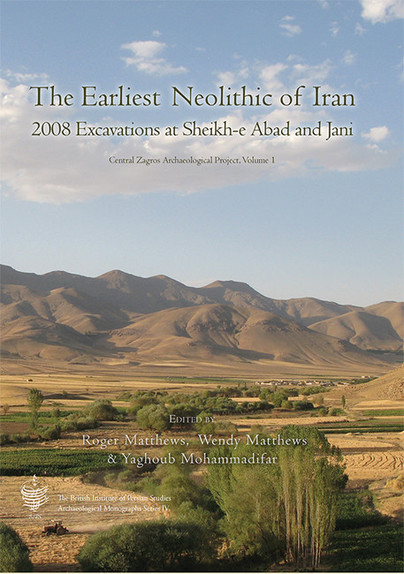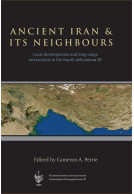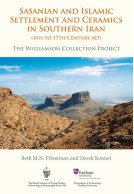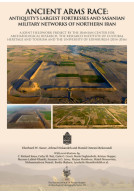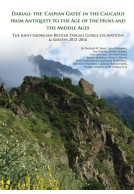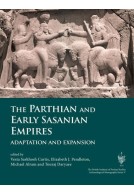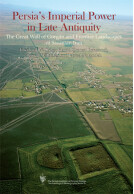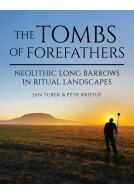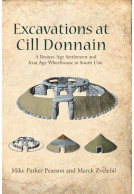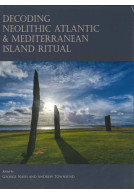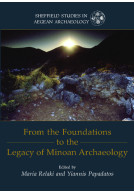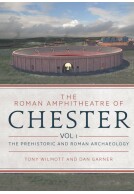The Earliest Neolithic of Iran (Hardback)
2008 Excavations at Sheikh-E Abad and Jani
Edited by Roger Matthews, Edited by Wendy Matthews, Edited by Yaghoub Mohammadifar
Imprint: Oxbow Books
Series: British Institute of Persian Studies Archaeological Monograph Series
Pages: 224
Illustrations: b/w illus
ISBN: 9781782972235
Published: 29th November 2013
Script Academic & Professional
Imprint: Oxbow Books
Series: British Institute of Persian Studies Archaeological Monograph Series
Pages: 224
Illustrations: b/w illus
ISBN: 9781782972235
Published: 29th November 2013
Script Academic & Professional
You'll be £14.95 closer to your next £10.00 credit when you purchase The Earliest Neolithic of Iran. What's this?
+£4.99 UK Delivery or free UK delivery if order is over £40
(click here for international delivery rates)
Order within the next 3 hours, 49 minutes to get your order processed the next working day!
Need a currency converter? Check XE.com for live rates
(click here for international delivery rates)
Order within the next 3 hours, 49 minutes to get your order processed the next working day!
Need a currency converter? Check XE.com for live rates
Over a period of several millennia, from the Late Pleistocene to the Early Holocene (c. 13,000-7000 BC), communities in south-west Asia developed from hunter-foragers to villager-farmers, bringing fundamental changes in all aspects of life. These Neolithic developments took place over vast chronological and geographical scales, with considerable regional variability in specific trajectories of change. Two vital and consistent aspects of change were a shift from mobile to sedentary lifestyles and increasingly intensive human management of animal and plant resources, leading to full domestication of particular species. Building on earlier campaigns of archaeological investigation, the current phase of the Central Zagros Archaeological Project is designed to explore these issues in one key region, the Zagros zone including central west Iran. Two Early Neolithic mounds were excavated: Sheikh-e Abad in the high Zagros and Jani, in the foothills of the Mesopotamian plains, each comprising up to 10 m depth of deposits indicating occupation spanning over 2000 years, and providing great scope for diachronic and spatial analyses. These two sites make major contributions to knowledge regarding the origins of sedentism and increasing resource management in Southwest Asia, and associated developments in social, cultural and ritual practices in this formative region of human cultural development.
There are no reviews for this book. Register or Login now and you can be the first to post a review!
Other titles in the series...
Other titles in Oxbow Books...







